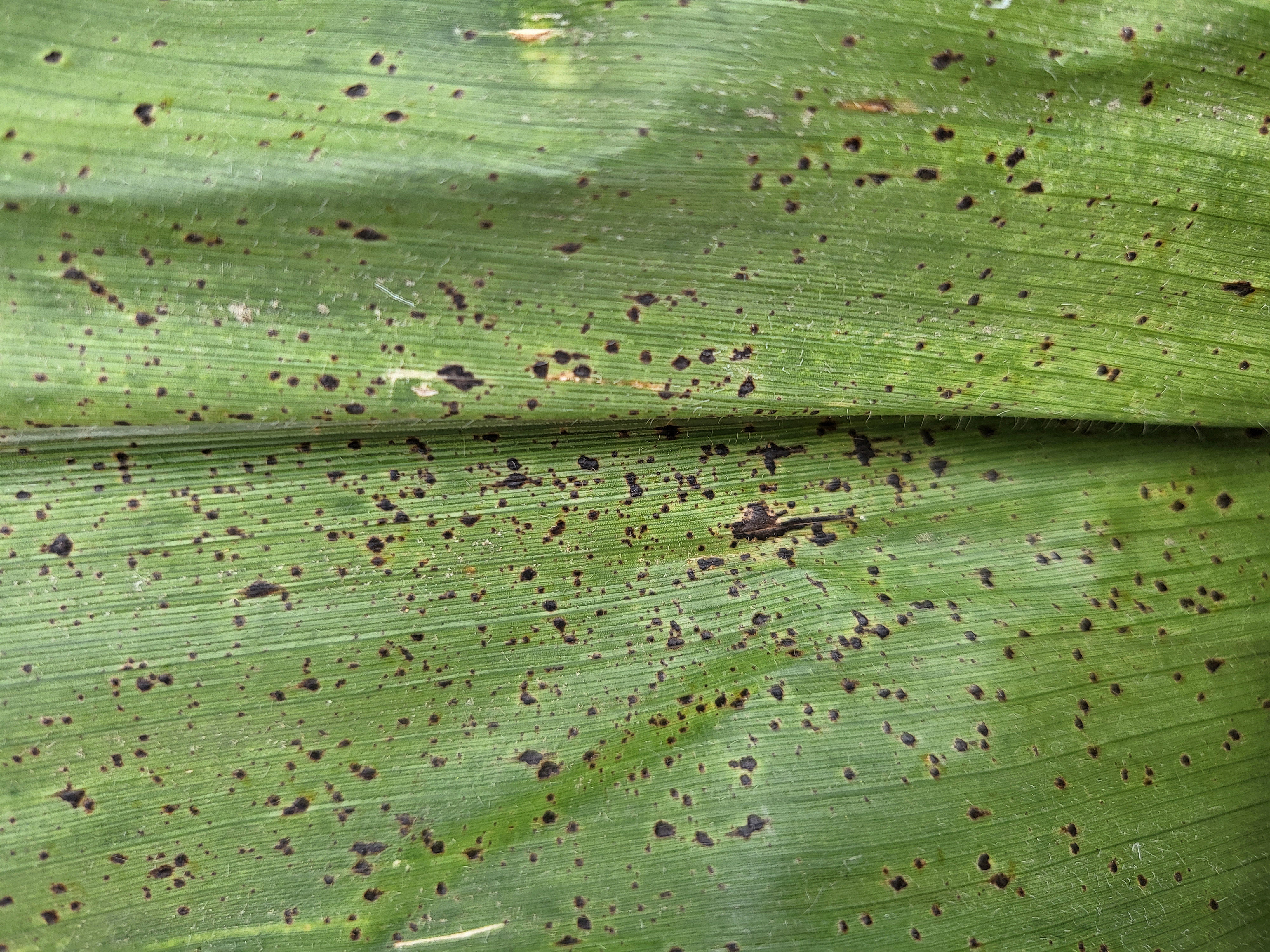By Tamra Jackson, Extension Plant Pathologist
Pathogen
Common smut occurs in almost every field of corn in Nebraska and is not normally a cause for concern except when at high incidence when it can pose a threat to yield or compromises or stalk integrity. The causal agent of common smut is the fungus Ustilago maydis.
Common smut can be confused with another smut disease of corn that occurs less commonly in Nebraska, called head smut. For more information on head smut, consult the PDC article dedicated to that disease.
Symptoms
Common smut is also called "boil smut" in some countries because of the development of galls. Galls may develop on any plant part including leaves, stalks, and tassels, but are probably most common and easily recognizable when they develop on the ear replacing kernels. Young galls may be white to gray in color and fleshy to the touch. Galls on stalks and ears tend to be larger than those produced on infected leaves. Large amounts of black teliospores of the fungus develop inside these galls. People in some cultures, especially in Mexico, eat the immature galls as a delicacy called huitlacocheor more recently referred to as Mexican truffles.



Epidemiology
The fungus can survive for long periods of time in the soil or crop residue as thick-walled pigmented teliospores. Teliospores germinate to infect young, actively growing plant parts. Infection normally takes place through the silks or wounds created by hail, insect feeding, or other mechanical injury to any part of the plant. Pollination of silks make it more difficult for the fungus to infect, which is why infection is often more common on the tip of the ear which is pollinated last. Infection of other plant parts is usually not detrimental to the plant and can often be outgrown.
Management
Fungicides are currently not used to manage common smut. And, although resistance is available in corn germplasm for common smut, it is not widely incorporated into commercial hybrids because the disease is not considered to be an important problem in corn.








